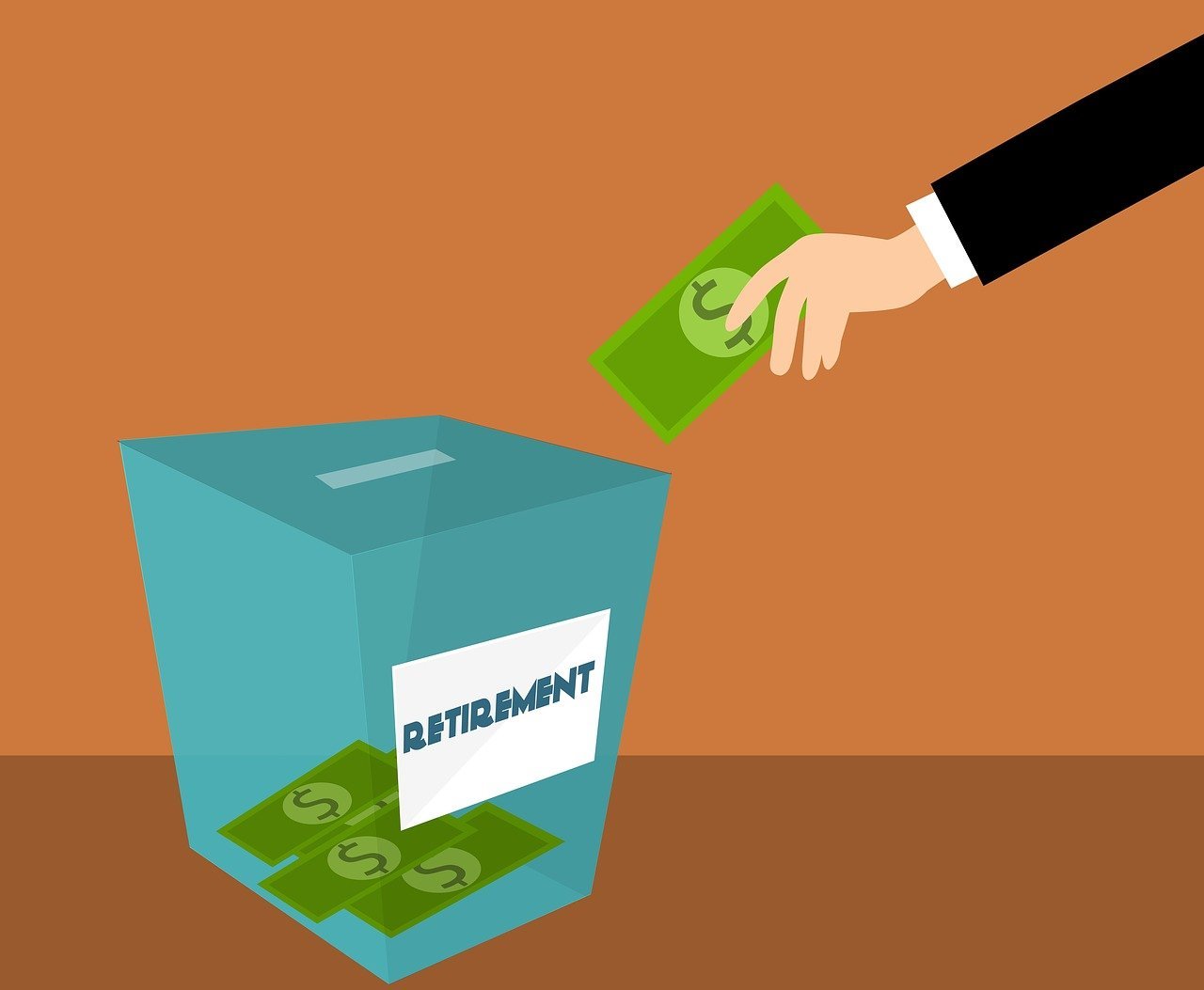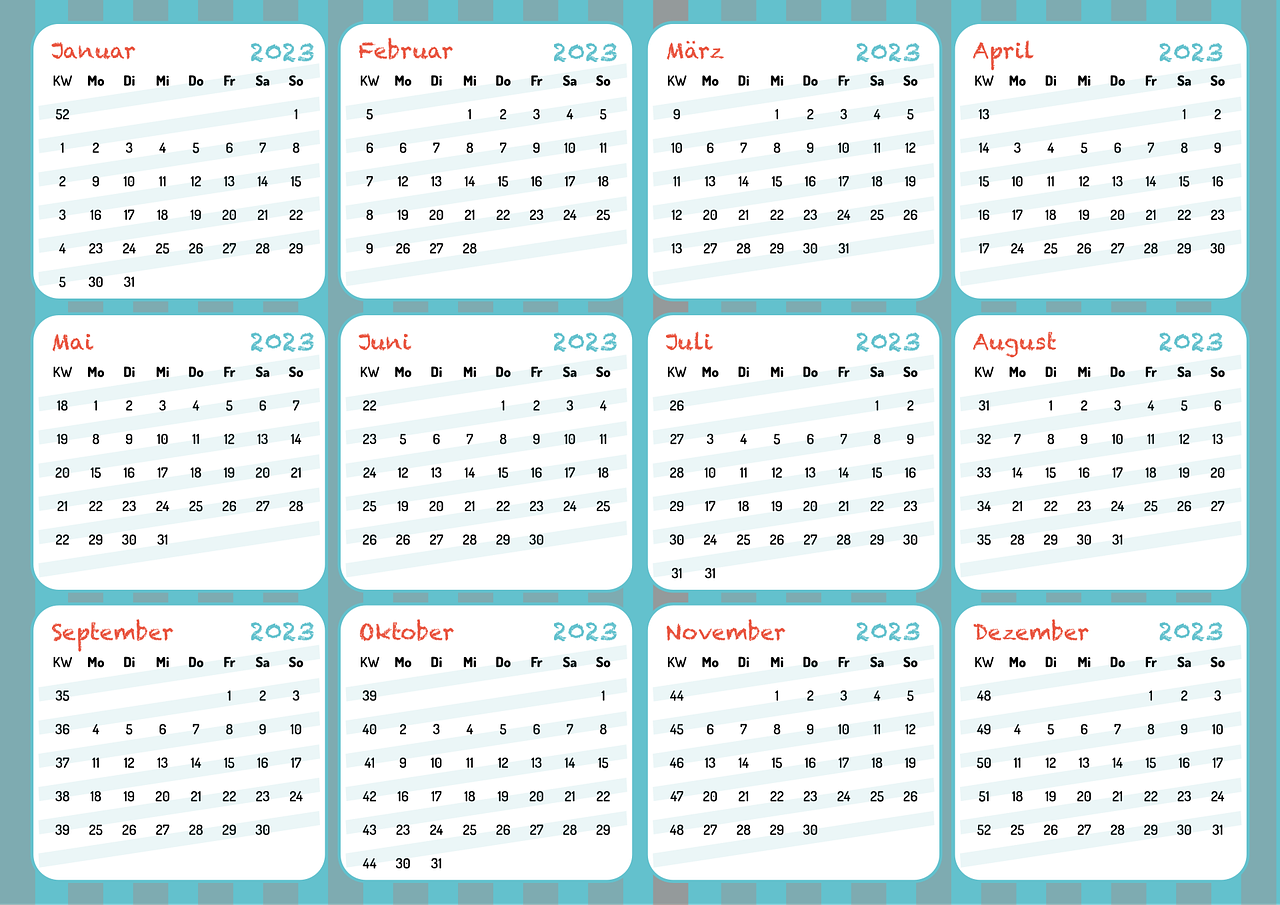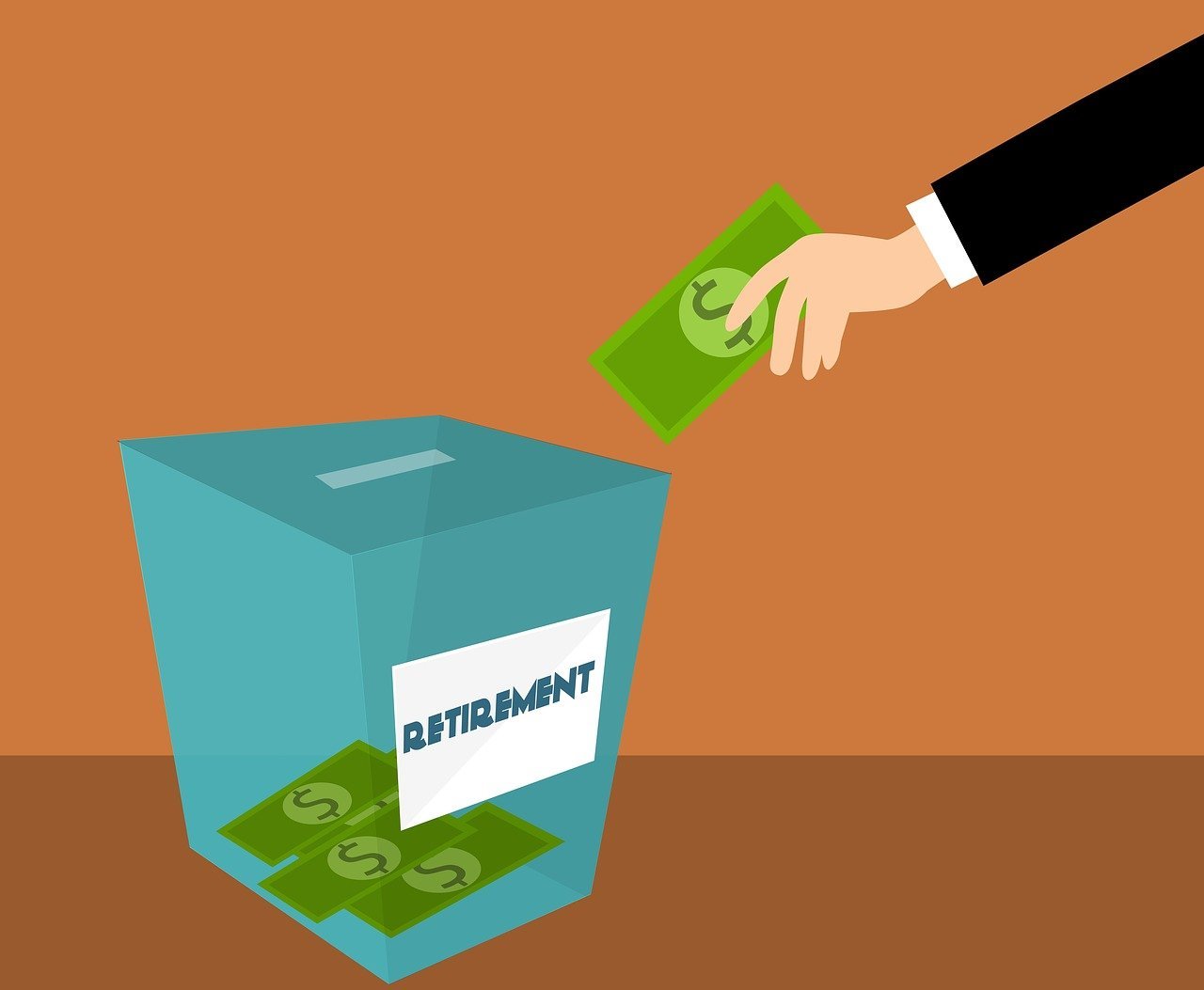Have you ever wondered if your retirement strategy is on the right track or if you are leveraging your 401(k) plan to its full potential? Let’s untangle the complexities of the Principal Group 401(k) plan—a cornerstone in securing a robust retirement. This article aims to furnish you with a comprehensive understanding of how the Principal Group 401(k) functions, the benefits it presents, and how you can make the most out of it for your retirement dreams.

This image is property of pixabay.com.
Understanding the Basics of a 401(k)
What is a 401(k)?
A 401(k) plan is a retirement savings scheme sponsored by your employer. It allows you to divert a part of your paycheck into a retirement account before taxes are deducted. This tax advantage makes it a popular choice among employees looking to secure their financial future.
Why Choose a 401(k) Plan?
The primary lure of a 401(k) plan is its tax-deferred growth. By contributing to such a plan, you don’t pay taxes until you withdraw funds, usually during retirement. This deferment can potentially mean a lower tax burden over time. Moreover, many employers offer matching contributions, which can significantly boost your savings.
Introduction to Principal Group 401(k)
Who is Principal Financial Group?
Principal Financial Group is a global financial investment management and insurance company committed to fostering financial security and prosperity for its clients. When it comes to retirement plans, Principal offers services that aim to make managing your future financially convenient and effective.
Principal Group’s Role in 401(k) Plans
Principal provides a wide array of retirement solutions, including group 401(k) plans that are tailored to meet the varying needs of different organizations and their employees. Their plans are distinguished by flexible investment options and robust administrative support, ensuring a seamless experience for employers and employees alike.

This image is property of pixabay.com.
Features of Principal Group 401(k)
Customizable Investment Options
Principal Group’s 401(k) plans allow you to choose from a variety of investment options. This flexibility enables you to tailor your retirement portfolio according to your financial objectives and risk tolerance.
Employer Matching
One of the compelling features of Principal Group’s 401(k) plans is the potential for employer matching. Employers typically match a percentage of the employee’s contributions, maximizing your savings potential over time.
Tax Advantages
Contributions to your 401(k) are deducted from your pre-tax income, offering significant tax benefits. Additionally, the growth of your investments within the plan is tax-deferred, allowing your savings to grow unhindered until retirement.
Administrative Support
Principal provides comprehensive administrative support, simplifying the management of your 401(k) plan. This support includes easy-to-use online platforms that enable plan participants to track their retirement savings conveniently.
How to Get Started with Principal Group 401(k)
Enrollment Process
Enrolling in a Principal Group 401(k) is typically straightforward. Your employer will provide instructions on how to sign up. Usually, it will involve filling out a form and selecting your contribution percentage.
Contribution Limits
For 2023, the contribution limit for a 401(k) is $22,500, with an additional catch-up contribution of $7,500 if you’re aged 50 or older. It’s crucial to keep these limits in mind to maximize your savings potential within the regulatory framework.
Choosing Your Investments
Principal offers a range of investment options, allowing you to diversify your portfolio across various asset classes. It’s wise to consult with a financial advisor to ensure your selections align with your long-term financial goals.

This image is property of pixabay.com.
Maximizing Your 401(k) Savings
Strategies for Increasing Contributions
Consider gradually increasing your contribution rate, such as earmarking bonuses or yearly pay raises toward your 401(k). Small increases can compound significantly over time, enhancing your retirement fund.
Understanding Vesting Schedules
Vesting schedules determine when you gain full ownership of your employer’s contributions. Understanding these schedules is pivotal in making strategic decisions about your employment and retirement planning.
Avoiding Early Withdrawals
While emergencies may arise, withdrawing from your 401(k) before retirement can incur penalties and taxes, effectively reducing your retirement savings. Focus on maintaining other liquid savings to handle unforeseen expenses.
Common Missteps and How to Avoid Them
Underestimating Retirement Needs
Many underestimate the amount required to maintain their standard of living post-retirement, resulting in a savings shortfall. Consulting financial experts and using retirement calculators can aid in setting realistic savings goals.
Ignoring Inflation Impact
Failing to account for inflation can erode the purchasing power of your savings. It’s vital to select investments that grow your funds faster than inflation to preserve your future wealth.
Neglecting Regular Portfolio Reviews
Frequent assessments and adjustments of your 401(k) investments ensure alignment with your evolving financial situation and goals. Regular reviews allow you to recalibrate investment strategies based on market conditions.

This image is property of pixabay.com.
Understanding the Advantages of Principal Group 401(k)
Employee Education and Support
Principal Group is committed to enhancing financial literacy among its participants, offering resources and tools to help you make informed the decisions regarding your 401(k) investments.
Planning for Retirement
Principal Group provides robust retirement planning tools to participants, facilitating secure financial futures. These tools take into account personal circumstances and needs, ensuring your retirement plan is both comprehensive and tailored.
Comprehensive Customer Service
Having access to dependable customer service can make a notable difference in managing your 401(k) plan. Principal prides itself in offering consistent and well-rounded customer support to answer your questions and help resolve any issues.
Conclusion
Is Principal Group 401(k the Right Choice for You?
By now, you should have a nuanced understanding of the Principal Group 401(k) and its components. It is essential to gauge whether the features align with your financial goals and to explore their offerings further. Engaging with a financial advisor can provide clarity on whether this plan is the best match for your retirement strategy. The path to a secure financial future is often paved with informed decision-making and consistent actions. With dedication and smart planning, your retirement dreams can transform into reality.

This image is property of pixabay.com.

























































































